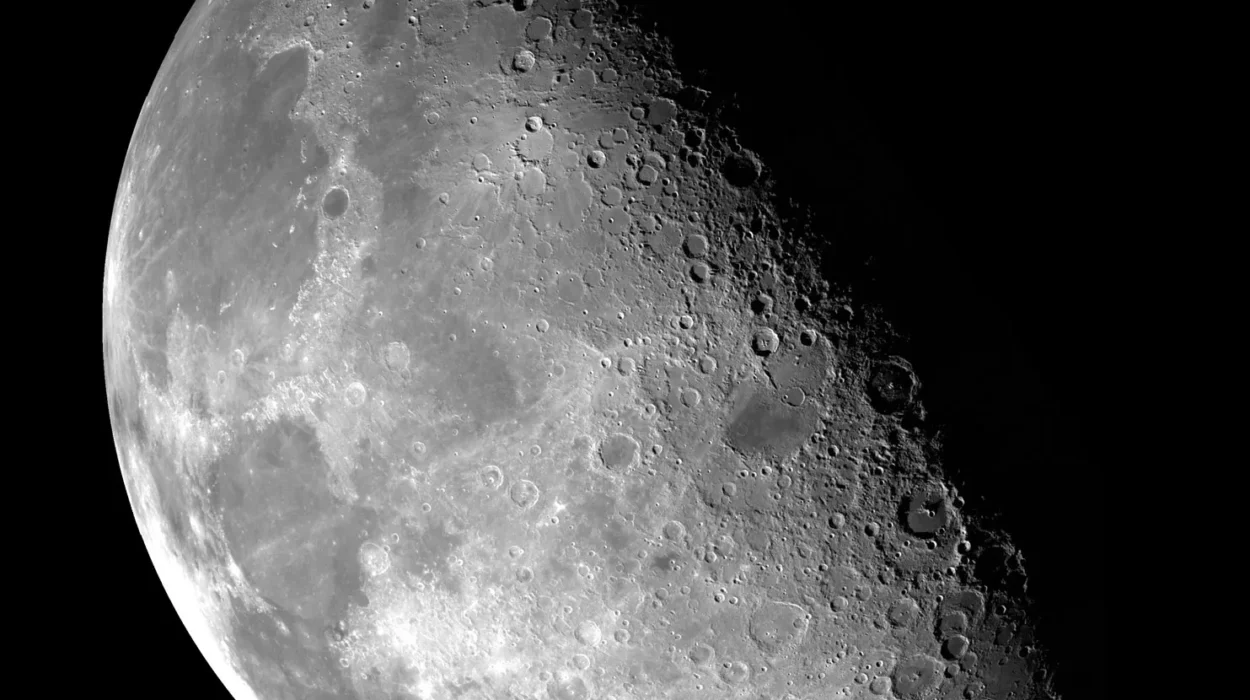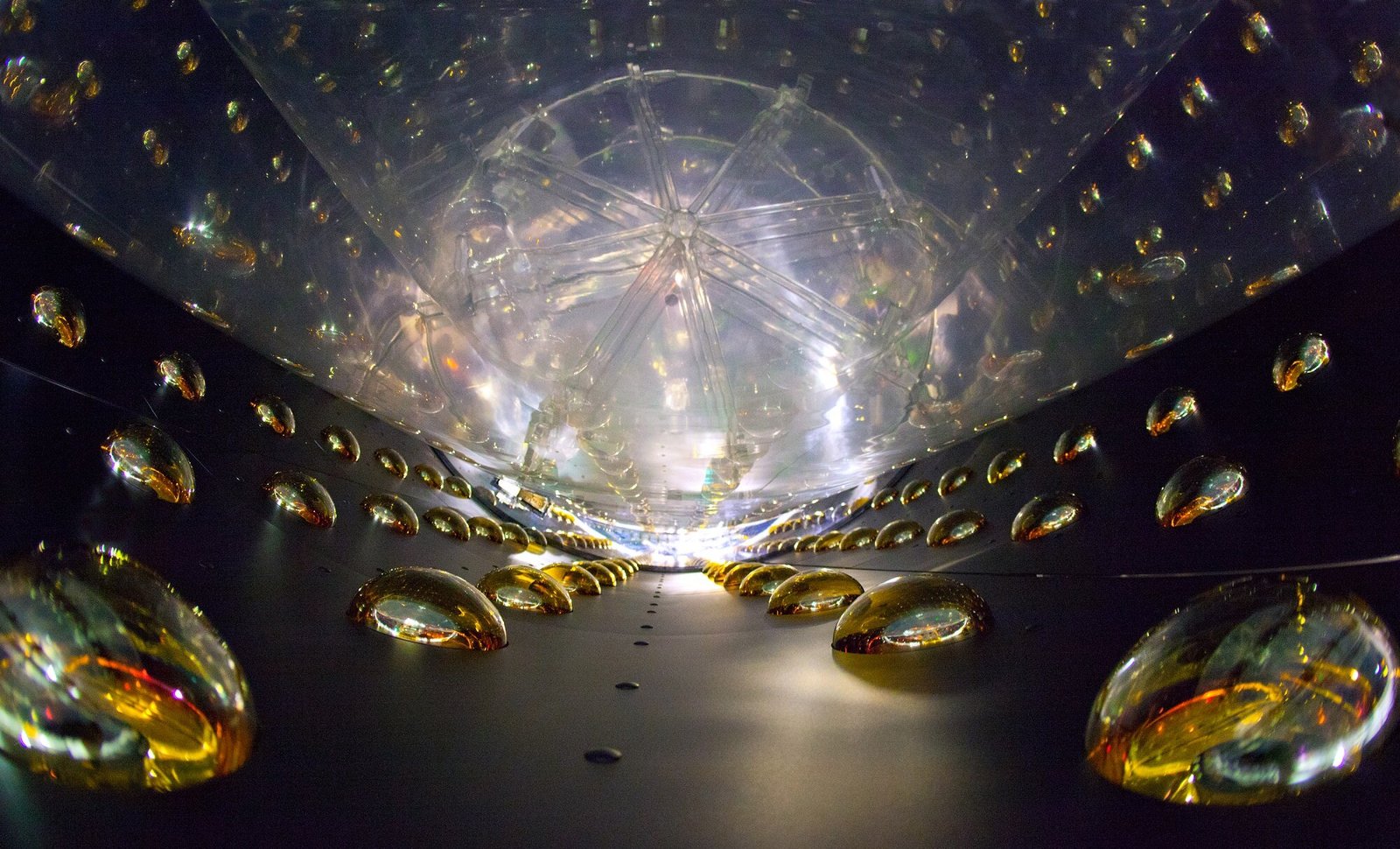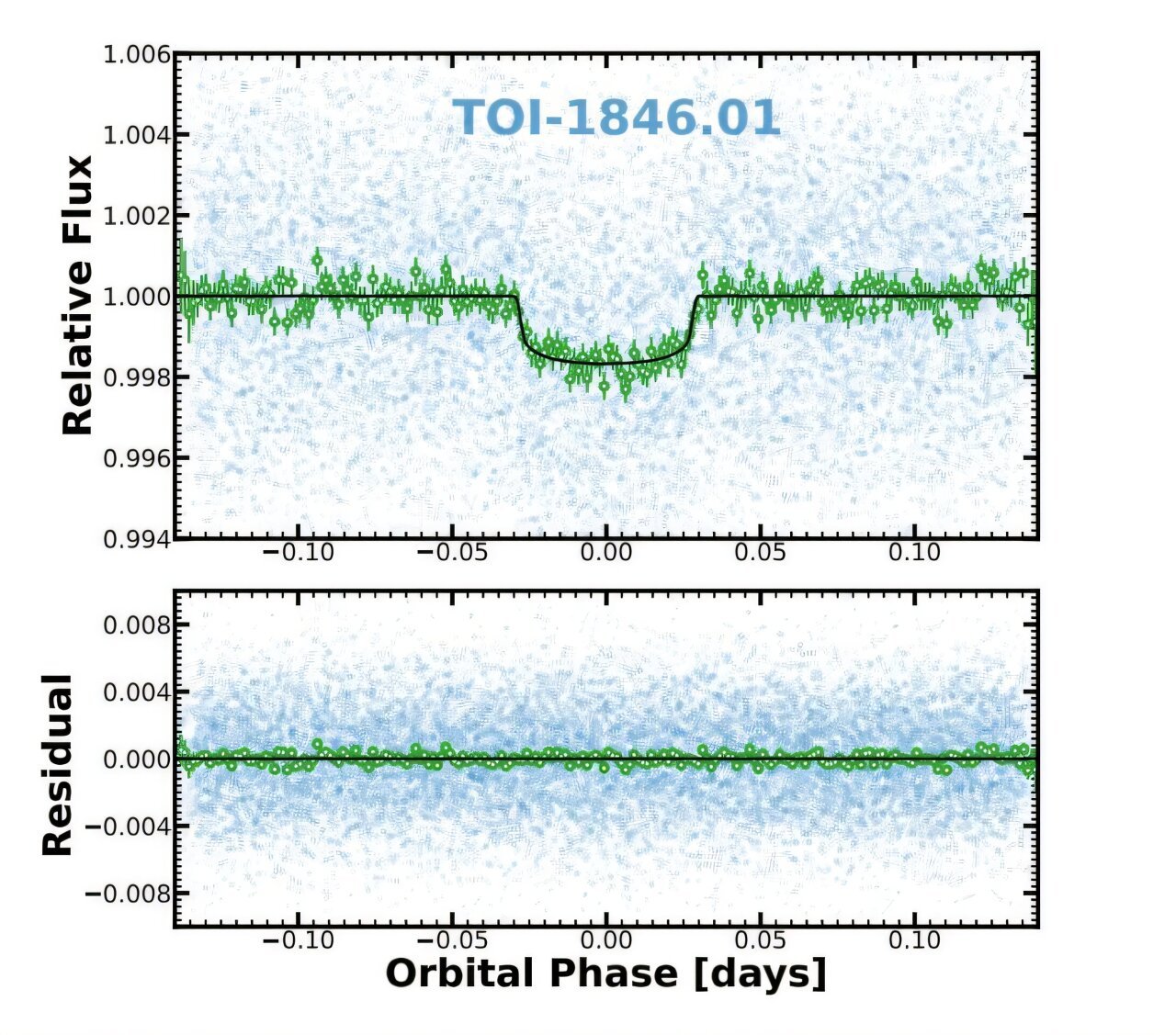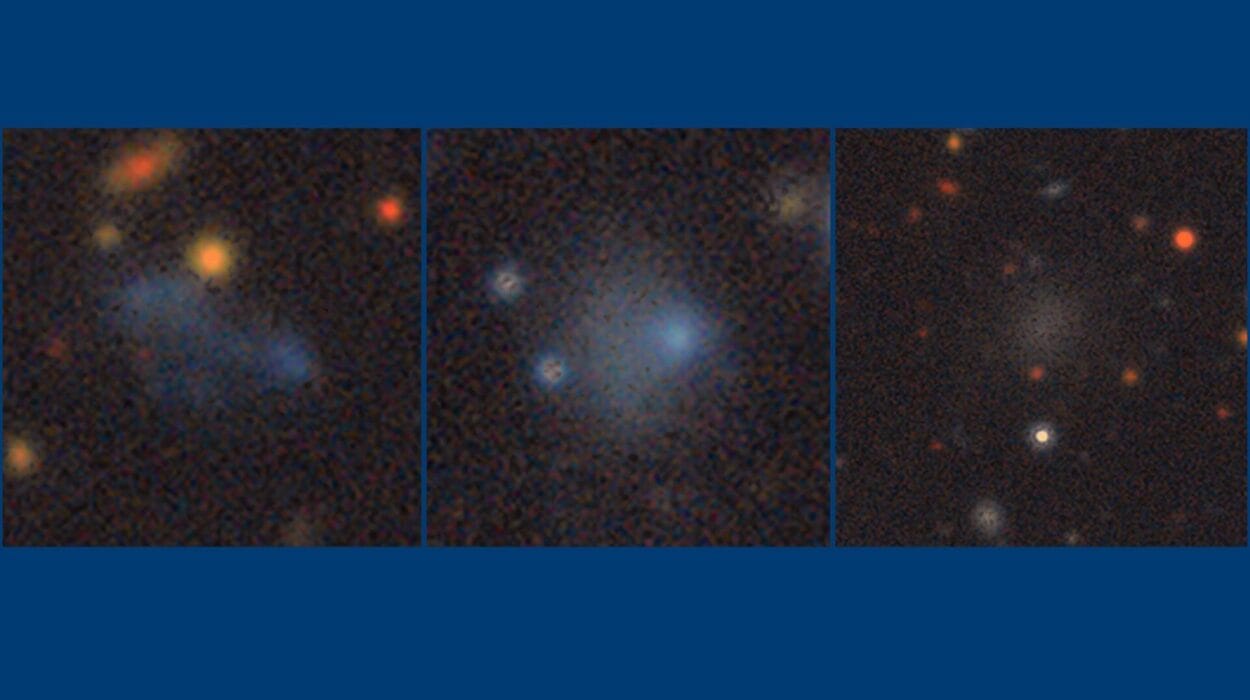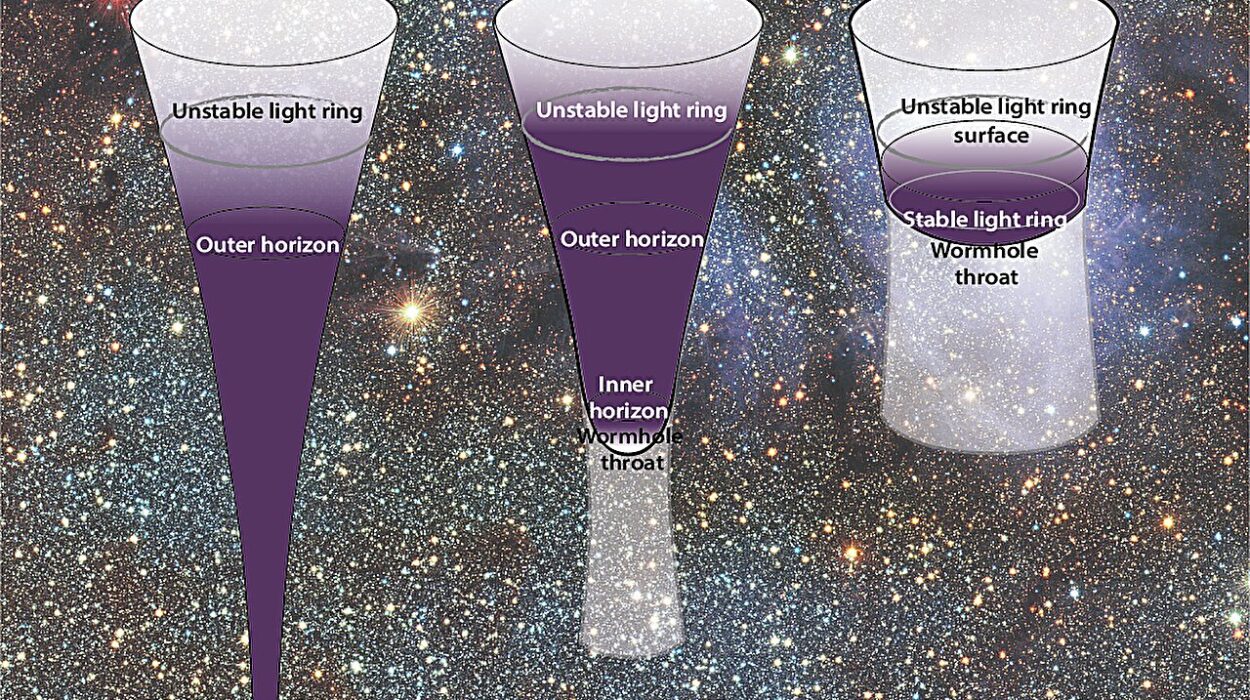The death of a massive star is an event of cosmic proportions, sending shockwaves through space as the star’s core collapses in on itself. This violent process creates an outward blast of energy, tearing the star apart and releasing an intense pulse of X-rays and ultraviolet light. When this pulse of energy reaches the surface of the star, it punches through, creating a brief yet powerful burst of light that travels outward into surrounding space. This flash of energy does not dissipate immediately, lingering and influencing the surrounding interstellar material. It takes around 350 years for this pulse to reach the dense clouds of gas and dust in space, heating them up and causing them to glow in infrared light. Thanks to NASA’s James Webb Space Telescope, scientists are now able to capture this glowing aftermath with unprecedented detail, mapping the structure of the interstellar medium (ISM) and revolutionizing our understanding of the material between stars.
Unveiling the Glow of Interstellar Dust and Gas
NASA’s James Webb Space Telescope (JWST) has recently captured groundbreaking images of a phenomenon known as a light echo. These images are revealing incredibly detailed and complex structures within the ISM, providing a first-ever 3D map of interstellar dust and gas. The observations were made possible by Webb’s Near-Infrared Camera (NIRCam), which detected the glow of infrared light that has been emitted as energetic radiation from a supernova’s shockwave interacts with the surrounding material.

The light echo, originating from the remnant of the Cassiopeia A supernova, offers a snapshot into the intricate structure of the ISM, which has remained largely invisible to astronomers until now. This provides an opportunity to study an often-overlooked but crucial component of the universe—the vast and diffuse gas and dust that exists between stars, serving as the raw material for the next generation of stars and planets.
Jacob Jencson, a principal investigator with Caltech/IPAC, expressed his amazement at the unexpected level of detail in the data. “We were pretty shocked to see this level of detail,” Jencson remarked, underscoring the significance of these observations. The level of clarity captured by Webb’s instruments surpassed even the most optimistic expectations of the scientists involved. The light emitted by the energized dust appears in the images as intricate knots and whorls, closely resembling the texture of wood grain. This remarkable resolution allows scientists to virtually “slice” the ISM and peer into its internal structure with precision previously unattainable.
Josh Peek of the Space Telescope Science Institute, who is also a member of the research team, added to this insight, comparing the ISM’s structure to layers in an onion. “We see layers like an onion,” Peek said. This layering, first observed in the light echo, suggests that even regions of dense interstellar material, which are difficult to observe directly, may also have similar underlying structures. These findings reveal a previously hidden aspect of the universe—the internal makeup of regions we can barely glimpse, changing how astronomers approach the study of the ISM.
The Discovery of Sheet-like Structures
One of the most astonishing results of Webb’s observations was the identification of sheet-like structures within the interstellar material. Prior to Webb’s discovery, scientists were largely unaware that the ISM had such features, particularly on such small scales. The sheets revealed in the data have dimensions on the order of just 400 astronomical units (AU), or less than 1/100th of a light-year across. To provide context, Neptune’s orbit around the Sun spans roughly 60 AU in diameter, meaning the observed sheet-like structures are relatively small when considered against the scale of our entire solar system.
Peek added, “We did not know that the interstellar medium had structures on that small of a scale, let alone that it was sheet-like.” This discovery is both surprising and exciting, as it provides new insights into the way interstellar material behaves. One possibility being considered is that these sheet-like structures may be influenced by the magnetic fields that pervade the galaxy. In this case, the magnetic fields could be creating the organizing principles behind these intricate features.
In addition to the sheet-like structures, Webb’s images also revealed dense, tightly wound regions in the ISM that resemble the texture of wood grain. These features, sometimes referred to as knots, may indicate magnetic “islands” within the more general magnetic fields that permeate the ISM. Understanding these knots is crucial for learning how magnetic fields operate on interstellar scales and how they influence the formation and evolution of stars, planets, and other celestial objects.
Astronomical CT Scan: A 3D Insight into Interstellar Dust
The team of astronomers likens their observations to an astronomical CT scan, comparing their approach to a medical imaging technique used to look inside the human body. “This is the astronomical equivalent of a medical CT scan,” explained Armin Rest, a member of the science team. Just as a medical CT scan allows doctors to visualize internal structures of a body in layers, Webb’s observations allow astronomers to visualize the interior structure of interstellar material.

Using data captured by Webb at three separate time intervals, the team is able to track the evolution of the light echo and study the ISM’s 3D structure in real time. The detailed imaging helps scientists understand how different layers of interstellar material interact with the shockwave from the supernova’s explosion, providing invaluable clues about the true architecture of the ISM and the conditions that influence its evolution.
This three-dimensional perspective marks a turning point in astrophysics, allowing scientists to perform studies that could never have been conducted before. Webb’s unprecedented resolution will significantly alter the way astronomers study the ISM, as they now have the ability to observe this material in ways that are far more precise and informative than ever before.
Looking Ahead: Future Discoveries and Advancements
While the results from this current study are groundbreaking, the science team’s work is far from complete. In addition to their existing work using Webb’s NIRCam, they are also employing the telescope’s Mid-Infrared Instrument (MIRI) to conduct spectroscopic observations of the light echo. With the ability to capture detailed spectroscopic data, the scientists plan to monitor changes in the composition and state of the dust and gas as the light echo evolves.
Jencson mentioned, “We can observe the same patch of dust before, during, and after it’s illuminated by the echo and try to look for any changes in the compositions or states of the molecules, including whether some molecules or even the smallest dust grains are destroyed.” These observations will reveal how radiation from the supernova’s shockwave influences the very makeup of interstellar material, shedding light on fundamental processes such as dust formation, molecular interactions, and the cycles of interstellar evolution.
The rarity of infrared light echoes in the universe, combined with their potential to unlock mysteries of the ISM, has scientists excited about future opportunities. Webb’s sensitivity to such echoes is unparalleled, making it a key tool for probing the conditions that shape galaxies, stars, and planetary systems. As Webb continues its observations, it is likely that more infrared light echoes will be discovered, offering even more detailed glimpses into the behavior and structure of interstellar material.
In addition to Webb, NASA’s upcoming Nancy Grace Roman Space Telescope is set to make valuable contributions in identifying more light echoes within the galactic plane. By conducting surveys across the Milky Way, Roman may help expand the pool of material that Webb can examine in the future, further enhancing our understanding of the ISM and the large-scale processes shaping the universe.

